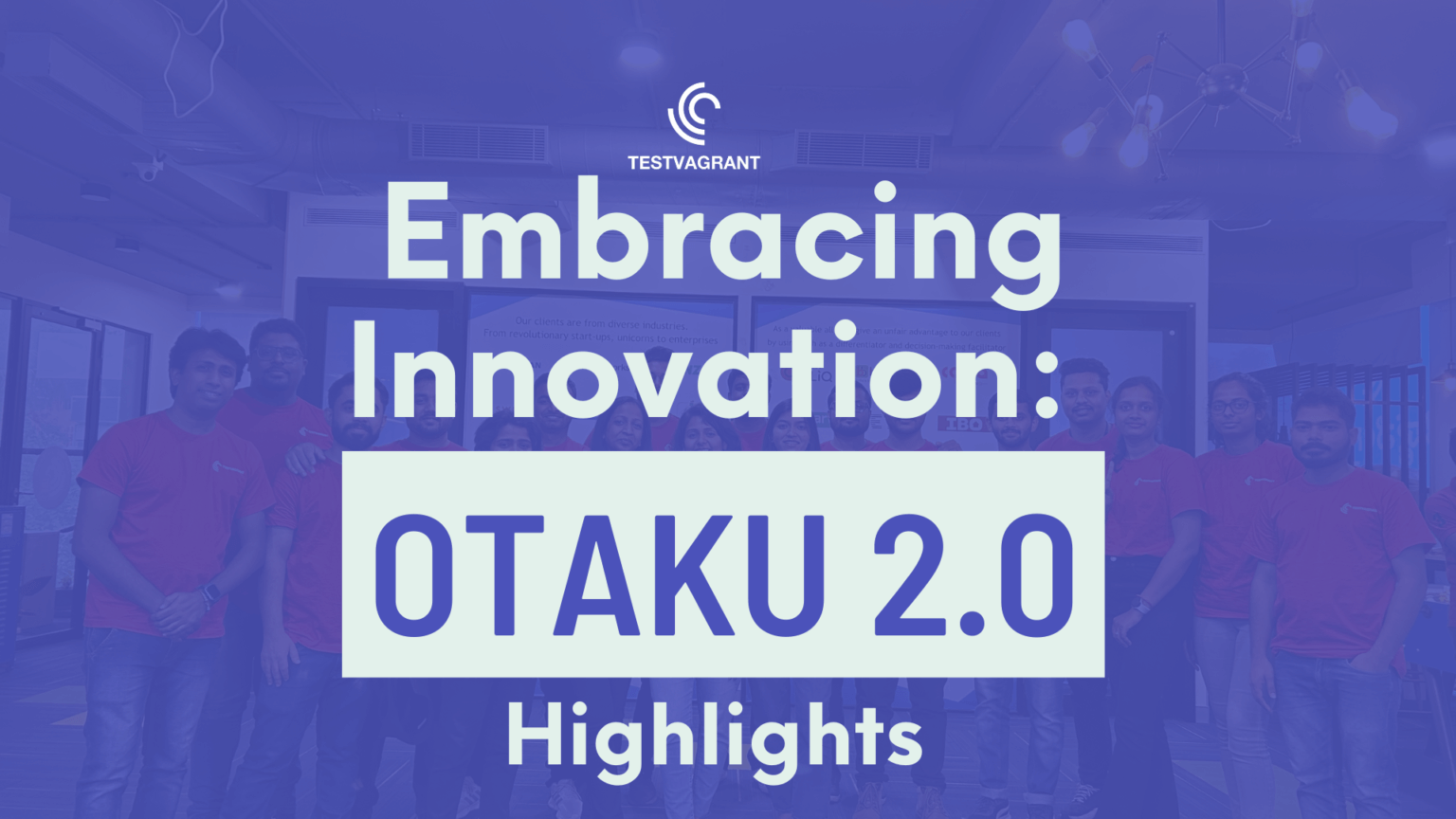
Test Observability & Engineering effectiveness
“Engineering Effectiveness” has been a central topic of discussion and focus this year

How to build a Real-time Test Case Monitoring solution using logs?


Apart from the above, there is one more category of tests that often people take less heed to or just act more reactively — performance tests. I believe a separate CI job can exist that includes spinning up a production-grade stack and running iterations on the most traffic-intensive dataflow paths. This can stay dormant and can be used only when any such releases are undertaken — for example integrating a 3rd party API or modifying cache designs for a service. Completely optional but a handy tool in your repertoire, for teams who are ready to invest in infrastructure costs and bandwidth.
While most of these should apply to teams working in agile, micro-service-based development environments, they aren’t set in stone. However, these guidelines might help you find the right direction towards striking that right balance for your team, churning out quality products day in, and day out.
Share This Article

“Engineering Effectiveness” has been a central topic of discussion and focus this year

With us, you’re not just a part of a company; you’re part of a movement dedicated to pushing boundaries, breaking barriers, and achieving the extraordinary.

Otaku 2.0 sought to redefine the way we approach testing, celebrate the spirit of innovation, and pave the way for a brighter future in tech.